Neuroscience
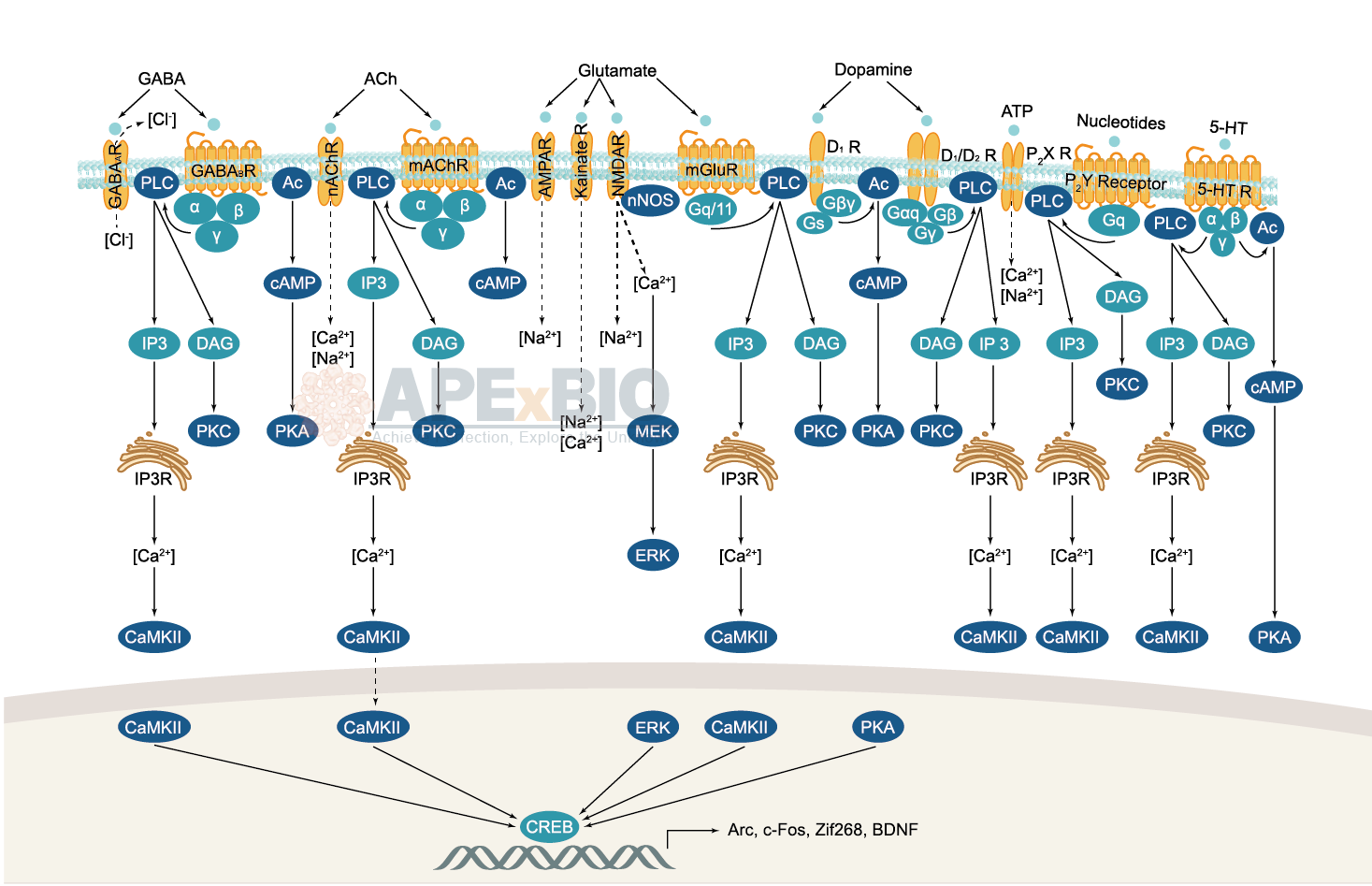
Neurotransmitter receptors function via various G-protein coupled and G-protein independent mechanisms that activate downstream intracellular signaling pathways such as cAMP/PKA, PI3K/AKT, phospholipase A2, and phospholipase C pathways. For instance, dopamine receptors act through adenylate cyclase to activate PKA and other signaling molecules, thereby mediate gene expression through the actions of CREB and other transcription factors. Other neurotransmitters such as NMDAR or AMPAR are associated with ion channels that control flux of Ca2+ and Na+, thus propagating the action potential across the post-synaptic neuron.
Dysfunctions in GABAergic/glutamatergic/serotonergic/dopaminergic pathways result in a broad range of neurological disorders such as chronic pain, neurodegenerative diseases, and insomnia, as well as mental disorders including schizophrenia, bipolar disorder, depression, and addiction.
-
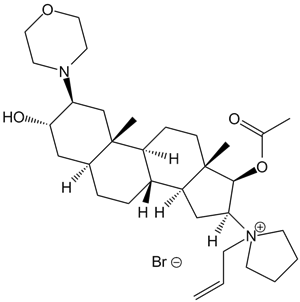 A1366 Rocuronium BromideSummary: TGF-βR I kinase inhibitor
A1366 Rocuronium BromideSummary: TGF-βR I kinase inhibitor -
 A1745 Galanthamine HBrSummary: Acetylcholinesterase inhibitor
A1745 Galanthamine HBrSummary: Acetylcholinesterase inhibitor -
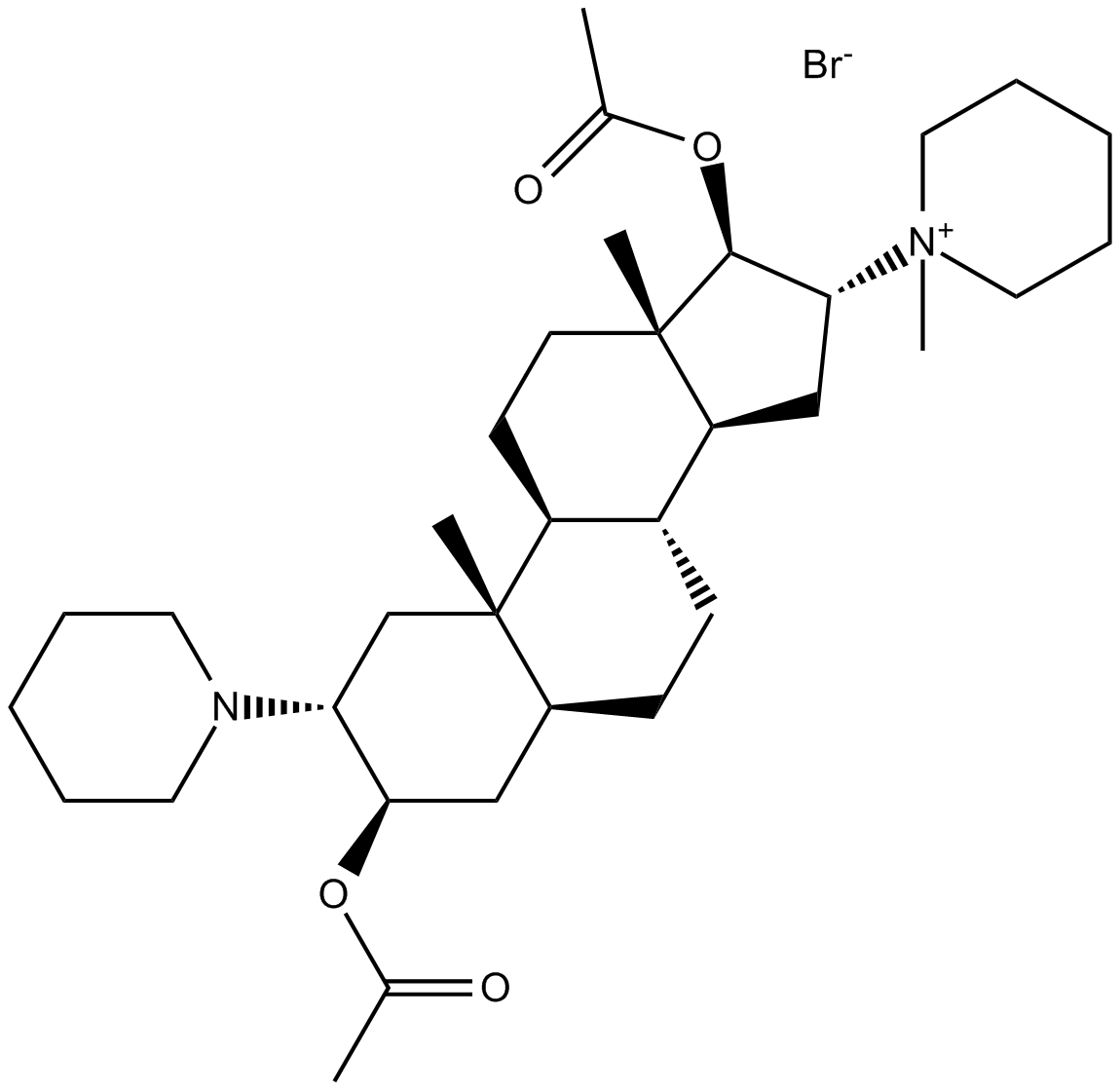 A5220 Vecuronium BromideTarget: AChRSummary: Nonpolarizing neuromuscular relaxant
A5220 Vecuronium BromideTarget: AChRSummary: Nonpolarizing neuromuscular relaxant -
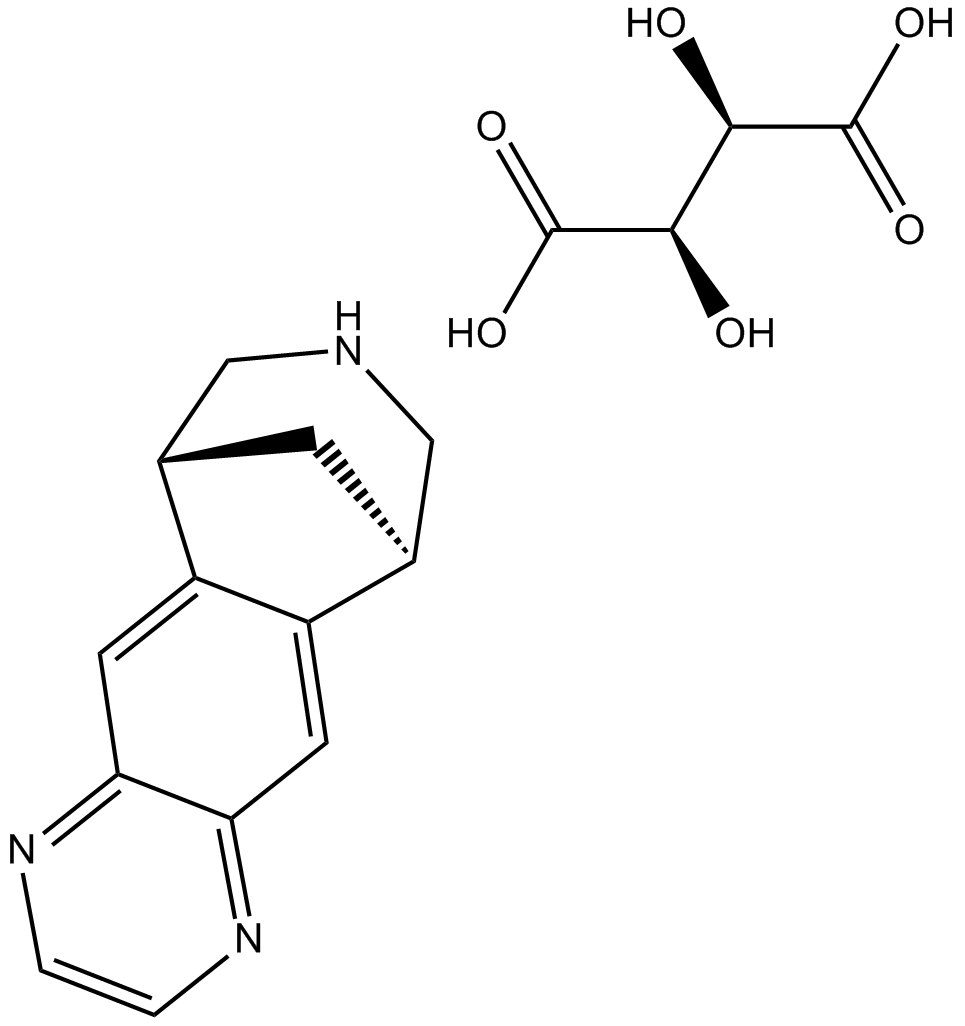 A5391 Varenicline TartrateSummary: Subtype-selective agonist of α4β2 nicotinic receptors,orally active
A5391 Varenicline TartrateSummary: Subtype-selective agonist of α4β2 nicotinic receptors,orally active -
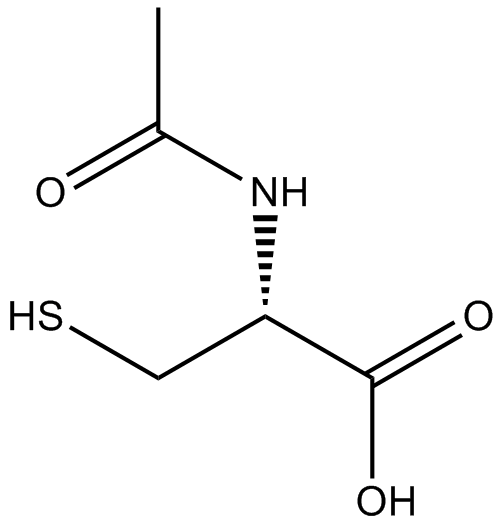 A8356 AcetylcysteineSummary: Antioxidant;mucolytic agent
A8356 AcetylcysteineSummary: Antioxidant;mucolytic agent -
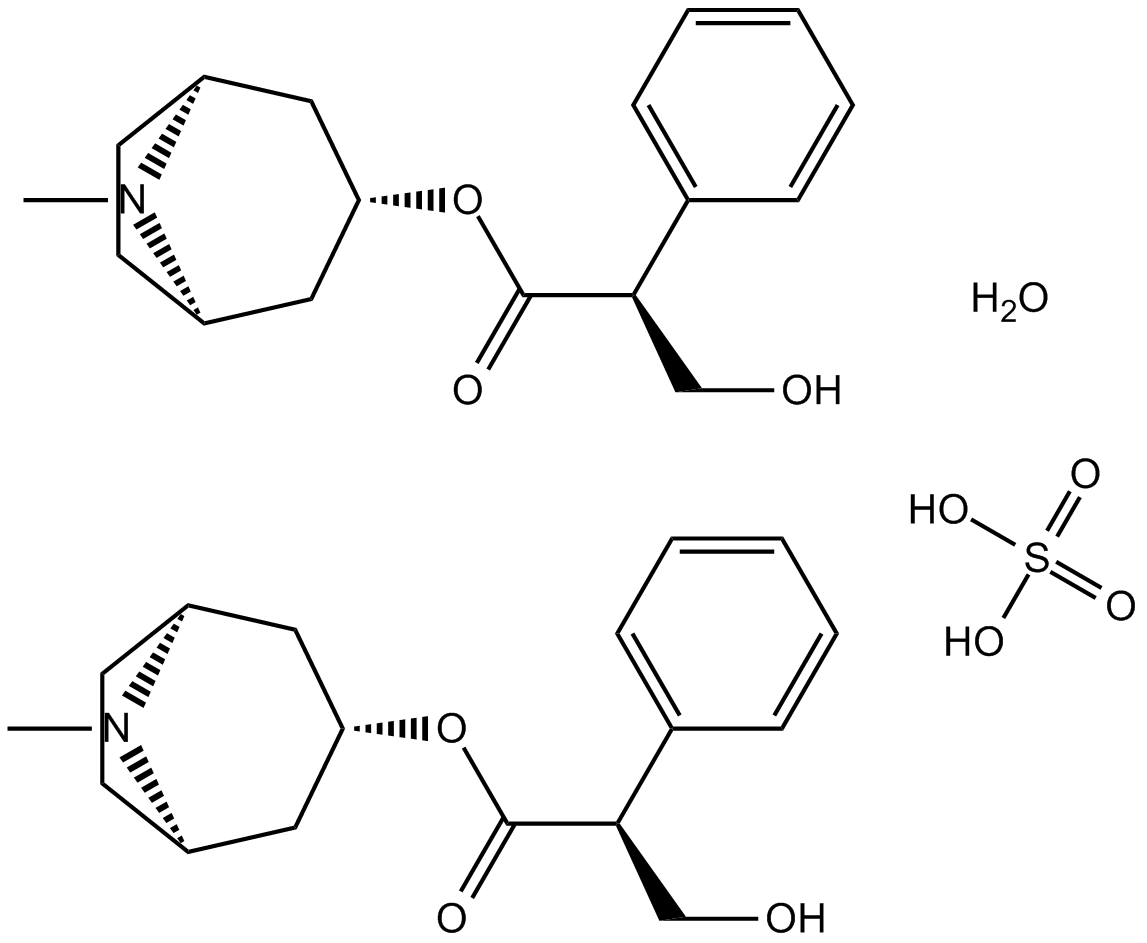 A8369 Atropine sulfate monohydrateTarget: M3 Receptors|M1 Receptors|M2 Receptors|M4 Receptors|M5 ReceptorsSummary: MAChRs antagonist
A8369 Atropine sulfate monohydrateTarget: M3 Receptors|M1 Receptors|M2 Receptors|M4 Receptors|M5 ReceptorsSummary: MAChRs antagonist -
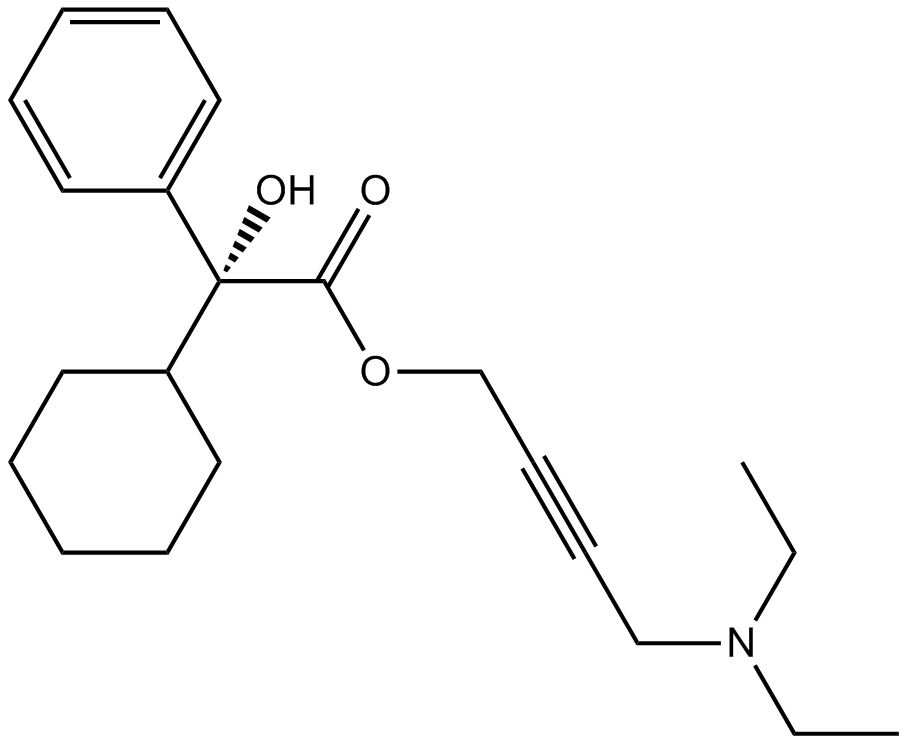 A8495 OxybutyninSummary: AChR antagonist
A8495 OxybutyninSummary: AChR antagonist -
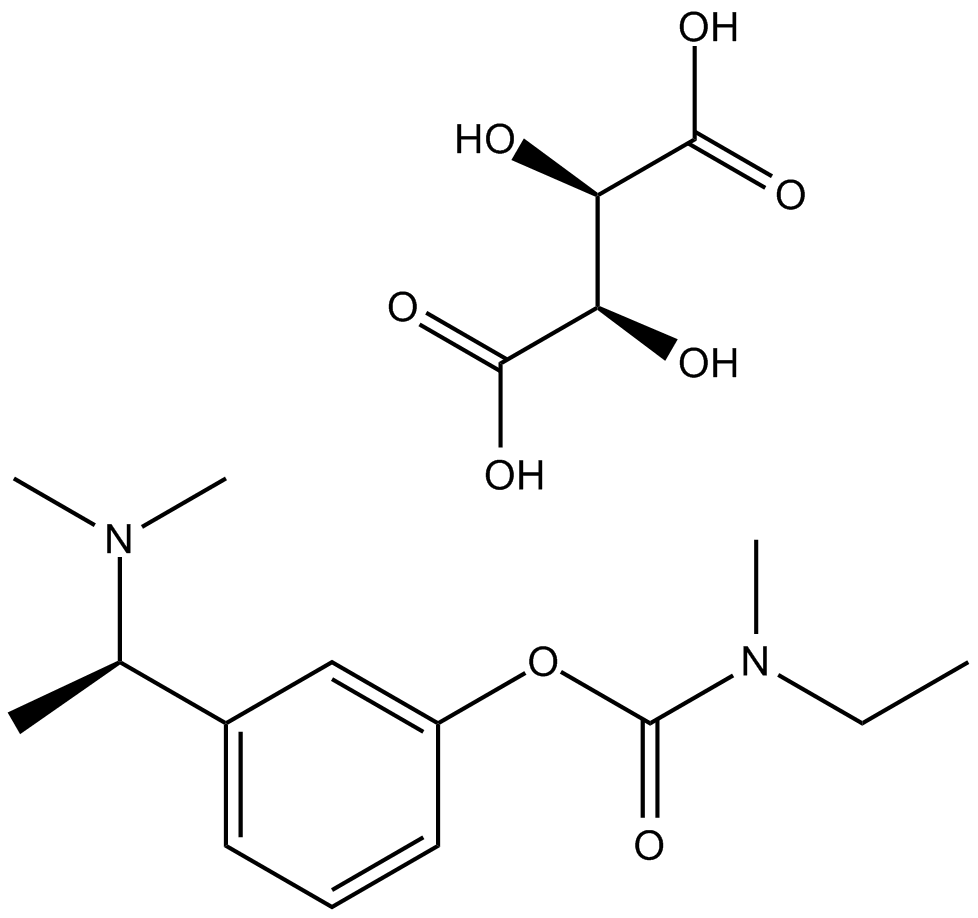 A8515 Rivastigmine TartrateSummary: AChR inhibitor
A8515 Rivastigmine TartrateSummary: AChR inhibitor -
 A8414 Diphemanil MethylsulfateSummary: AChR antagonist
A8414 Diphemanil MethylsulfateSummary: AChR antagonist -
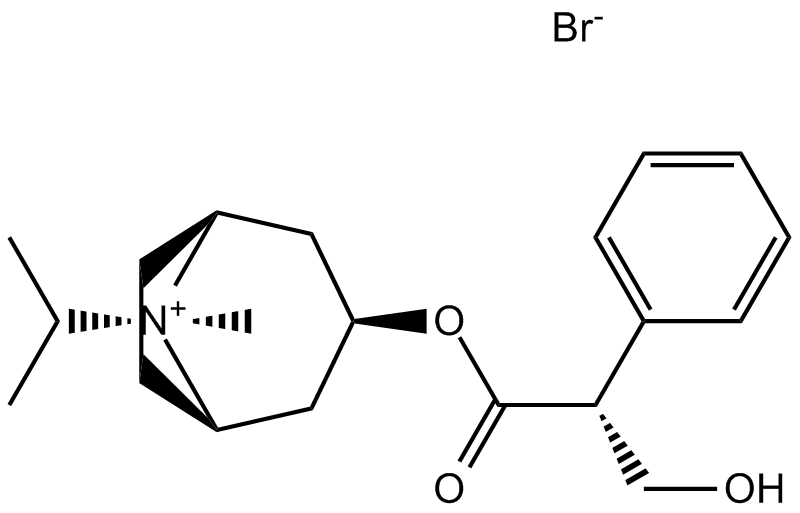 A8451 Ipratropium BromideSummary: AChR antagonist
A8451 Ipratropium BromideSummary: AChR antagonist

